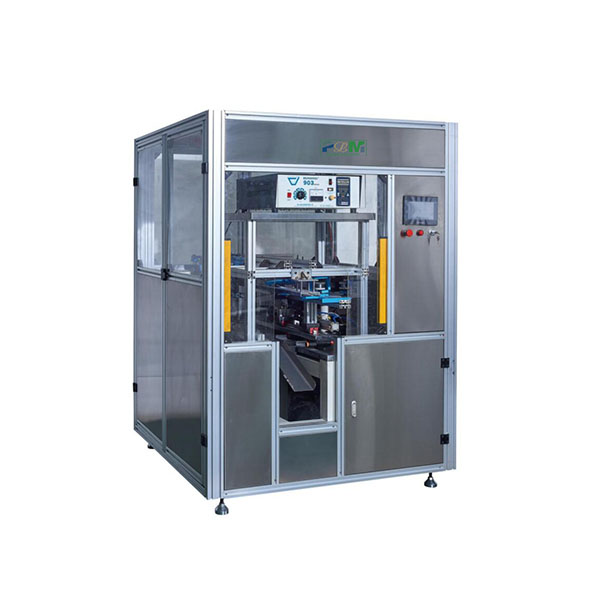Aug . 16, 2024 11:17 Back to list
Affordable Water Treatment Services and Pricing Guide for Homeowners and Businesses
Water treatment is a crucial aspect of ensuring the safety and quality of our drinking water and the health of our ecosystem. With growing concerns about water pollution and the need for efficient water management, a detailed understanding of water treatment processes and their associated costs is essential for municipalities, industries, and households alike. This article reviews key components of water treatment systems, the various processes involved, and outlines the aspects of a typical water treatment pricelist.
Understanding Water Treatment
Water treatment encompasses various methods and technologies used to improve the quality of water by removing contaminants, making it safe for consumption and use. The processes typically include pre-treatment, filtration, disinfection, and post-treatment. Each method has its specific requirements and costs, depending on the scale of the operation and the type of contaminants present.
Common Processes in Water Treatment
1. Coagulation and Flocculation This is often the first step in the treatment process. Chemicals known as coagulants are added to the water to bind with impurities, forming larger particles known as flocs. This step helps in removing suspended solids and colloids.
2. Filtration After coagulation, water flows through various filters designed to remove solids and microorganisms. The type of filtration used—sand, carbon, or membrane—may vary based on the specific treatment needs and desired water quality.
3. Disinfection To ensure that harmful pathogens are eliminated, water undergoes disinfection, often using chlorine, ozone, or ultraviolet (UV) light. This step is crucial for making water safe for human consumption.
4. pH Adjustment The pH level of water is adjusted to create a balanced environment for both human health and aquatic life. This step is essential in preventing corrosion of pipes and leaching of metals.
water treatment pricelist

Water Treatment Pricelist
When developing a water treatment system, it’s vital to understand the costs involved, which can vary widely based on location, technology, and capacity. A typical water treatment pricelist may include the following components
- Initial Setup Costs These include the costs of equipment, infrastructure, and installation. Depending on the complexity of the system, initial costs can range from thousands to millions of dollars.
- Operational Costs This encompasses the ongoing expenses of running the treatment facility, including energy consumption, chemical costs, and maintenance fees. Operational costs depend heavily on the size of the plant and the treatment technologies used.
- Labor Costs Skilled personnel are necessary for monitoring and maintaining treatment systems, which contributes to labor costs. Salaries vary based on expertise and region.
- Regulatory Compliance Adhering to health and safety regulations requires investment in compliance measures, which might include regular testing and audits. Compliance costs can significantly impact overall pricing.
- Long-term Maintenance Regular maintenance is essential for ensuring the longevity and efficiency of water treatment systems. Maintenance contracts typically outline the frequency and type of required services.
Conclusion
The importance of effective water treatment cannot be overstated, as it directly impacts public health and the environment. Understanding the components of water treatment and the associated pricing helps stakeholders make informed decisions about investments in water infrastructure. As water quality challenges grow worldwide, prioritizing effective water treatment solutions becomes essential for ensuring safe and sustainable water supply for future generations.
-
Premium Active Carbon Air Filter for Air Purifier | Odor & VOC Removal
NewsAug.23,2025
-
Active Carbon Air Filter for Air Purifier - Superior Odor Removal
NewsAug.22,2025
-
Premium Active Carbon Air Filter for Air Purifiers - Odor Removal
NewsAug.21,2025
-
Premium Acrylic-Resin Air Filter Paper in Roll | High Efficiency
NewsAug.19,2025
-
PLAB-6 A B Two Compounds Filter End Cap Gluing Machine-Hebei Filter Man|Precision Gluing,Automated Production
NewsAug.18,2025
-
PLAB-6 A B Two Compounds Filter End Cap Gluing Machine - Hebei Filter Man Automotive Parts Trading Co., Ltd | Adjustable Gluing Parameters, Automated Precision
NewsAug.18,2025
